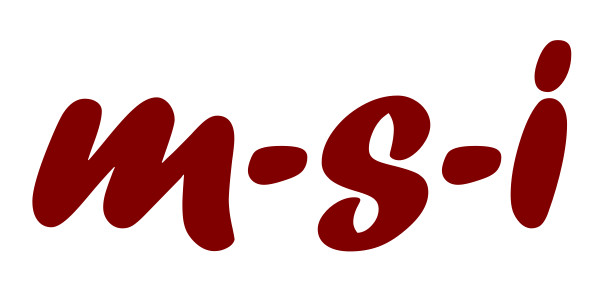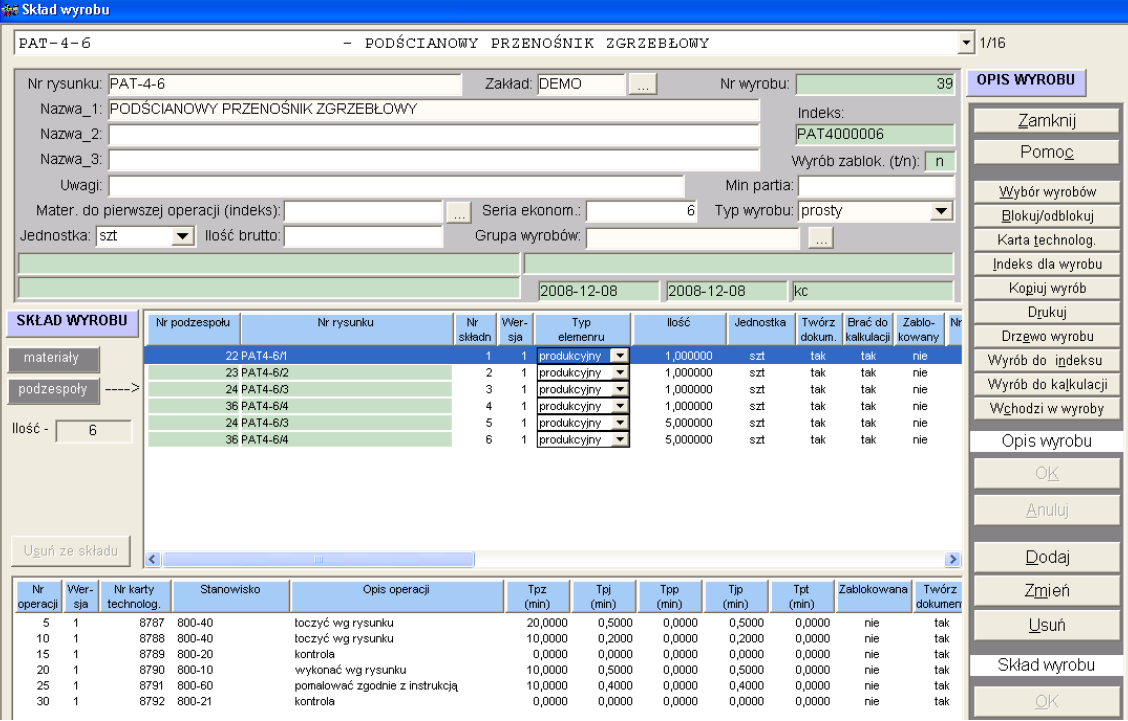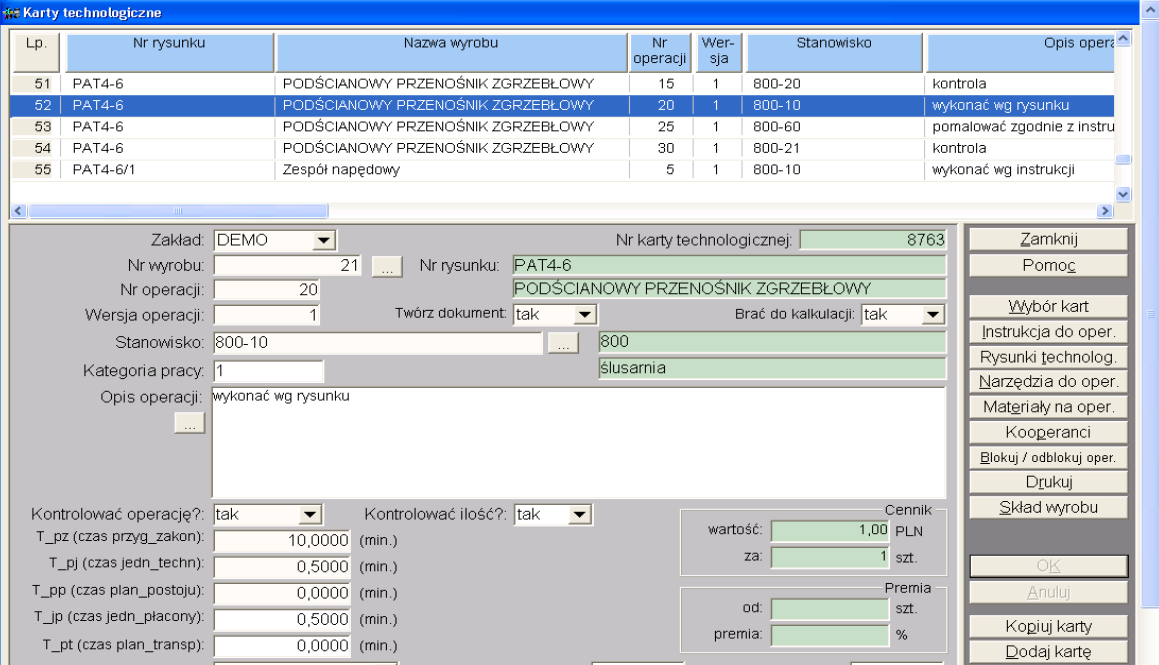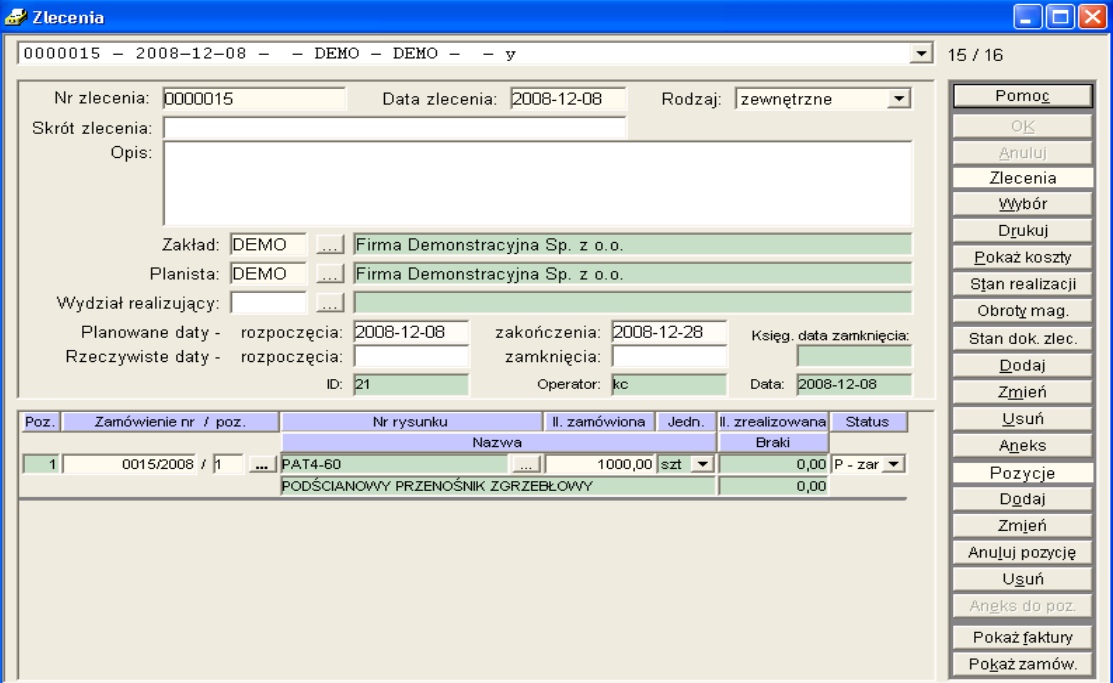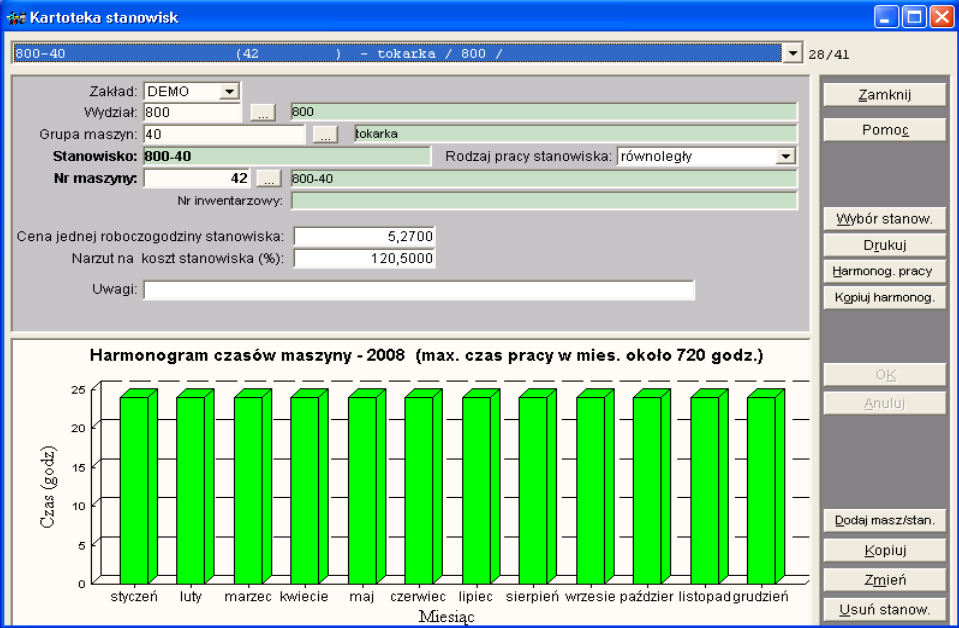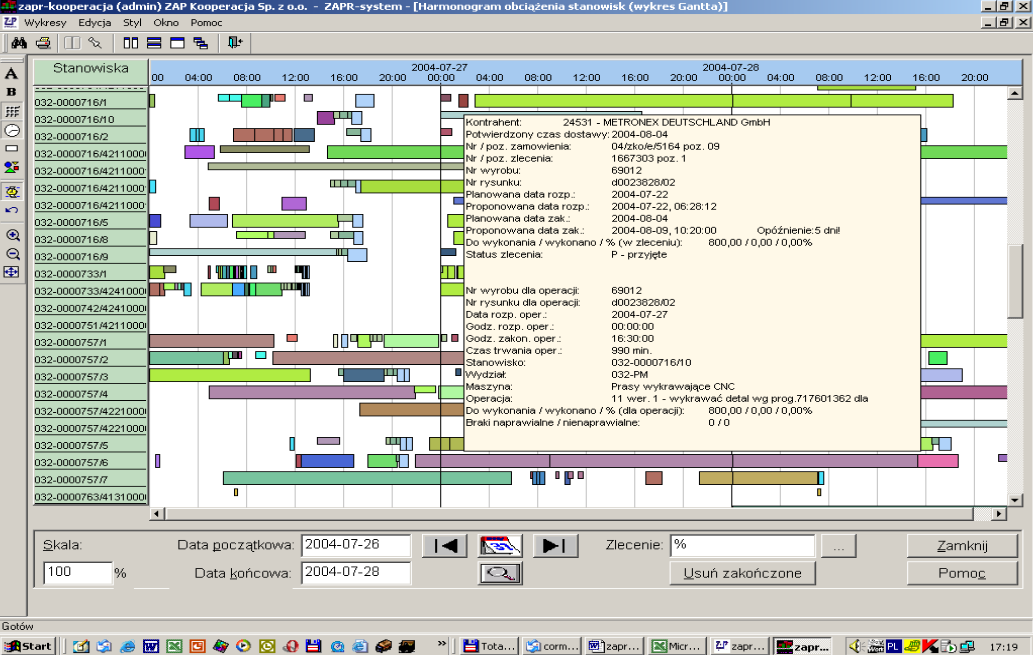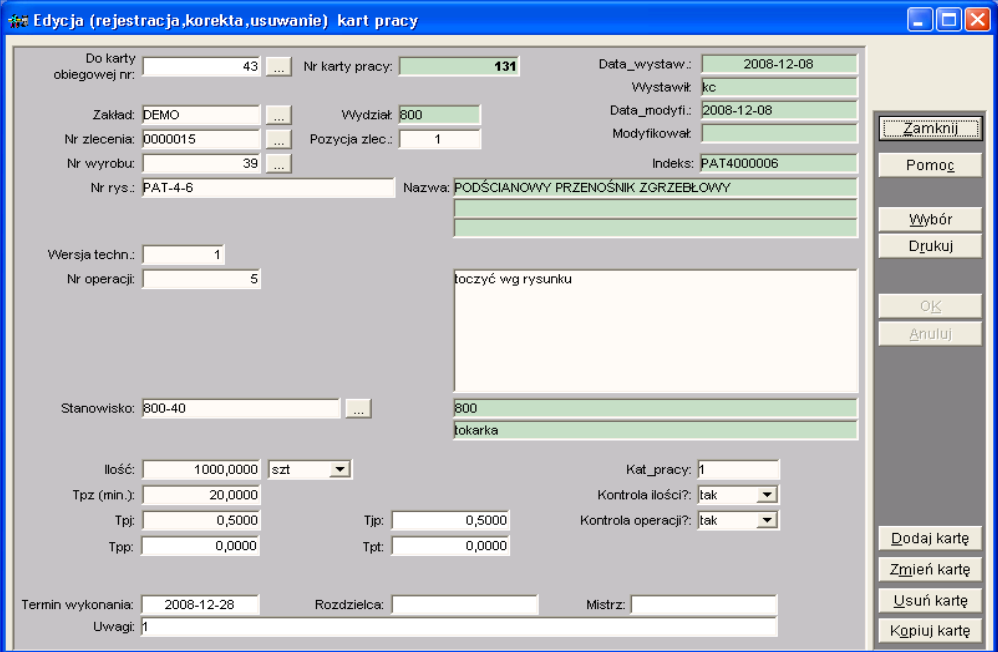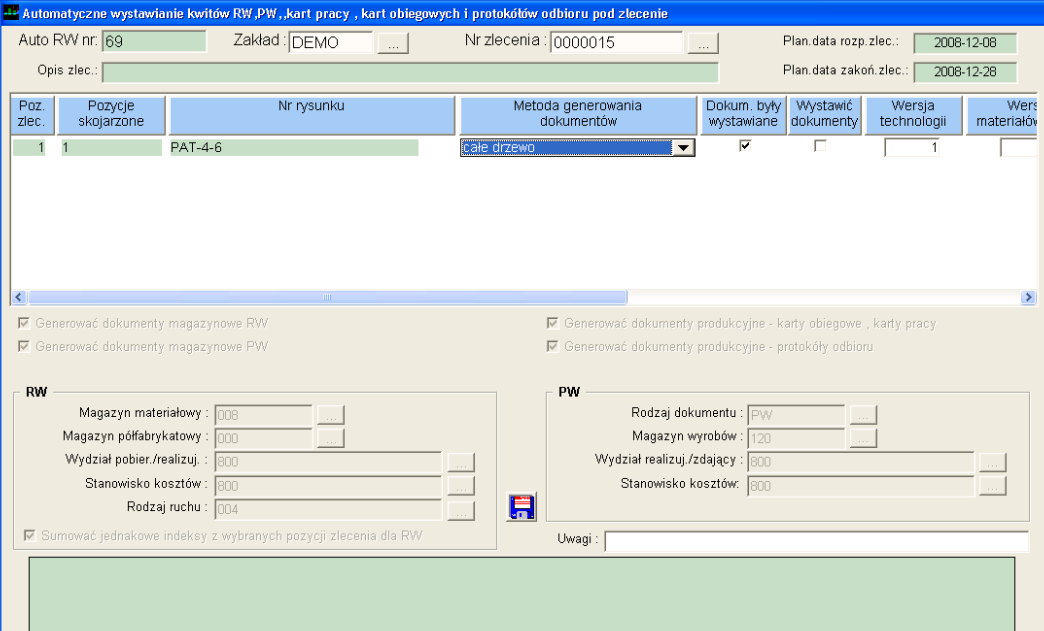SYSTEM ZAPR ERP
Brief description of selected system functionalities
The concept of production management in the ZAPR.ERP system is based on order production for products defined in the design database. The distinguishing element is, among others, the way of recording knowledge about products, their construction and the method of their production, which is focused on the requirements specific to Polish production companies operating on the SME market. The adopted functional scope ensures the company’s service from product design to its sale, as well as sending offers to customers, handling catalogs of contractors, banks, orders, orders and employees. ZAPR.ERP functionality includes many detailed solutions, we present only selected areas:
Defining product structures (product versions). We create product versions based on differences from the basic version. The number of versions is unlimited. Products and components are built in an identical way and each of them can be used to build the parent product tree.
The product can be built in the form of a tree of components or as a complete composition containing only materials and operations. The constructed element must be named with a drawing number.
In order for a manufactured item to be subject to warehouse management, it must be registered in the index database.
Defining the product production process (versionability of the manufacturing process, variability of materials and parts). Here, manufacturing versions are also created in relation to the basic process. Process versions include changing the operation, machine, material or components used. In addition to the materials defined in any production versions, we also create substitute materials for a given product. For automatic selection of substitute materials, they must also be defined. They are selected if the material indicated in the selected technology version is not in stock when issuing RW documents. To enable current valuation of work in progress, it is possible to assign material to a technological operation.
Sales Orders for products and services. Orders are registered for the contractor and product along with the sales price and delivery dates. The list of accepted orders creates a sales plan.
Production orders result from accepted sales orders and require the selection of a production version. This will allow you to issue production documents in accordance with the selected version. The order circulation card also contains a quality control document (final acceptance report). From the order and material cards included in the product structure, we generate IR documents for materials and components. There is no need to print IR documents before issuing the material. Currently, the printout is only used to confirm receipt of material from the warehouse. We also use multi-position RW (material lists). Accepted production orders create a production plan.
We generate the balancing of material needs (MRP) and parts as well as the issuance of production documents based on product material cards and the structure of the product tree. For accepted orders or registered orders, the system calculates material needs and, by comparing them with warehouse levels, suggests materials necessary for ordering.
Production capacity (CRP) is calculated based on the database of machines and the technological process of products. For accepted orders or registered orders, the system calculates the production capacity needs and the expected completion dates.
Production schedule presented on an interactive Gantt chart. A scalable chart intuitively presents the implementation of individual operations over time.
Confirmation of production is based on work cards generated during the order. We settle commissioned work cards for teams and employees. Based on registered time sheets, we can obtain payroll costs for the order and assess the degree of order execution with precision to the operation and employee. Registration can be done using bar codes.
Handling warehouse documents for materials, products and semi-finished products (FIFO, LIFO, Average, Record, Actual). To ensure efficient implementation of the system in any enterprise, we have defined the names and roles of defined documents in warehouse management. You can specify whether the document increases the inventory and on which side of the warehouse turnover (also with what sign) it should work. There is no need to print IR documents before issuing the material. Currently, the printout is only used to confirm receipt of material from the warehouse. We also use multi-position RW. One of 4 pricing methods can be used to collect materials. Warehouse documents are assigned according to selected conditions.
Registration of purchase documents and costs is used to better organize the flow of documents from individual units of the company. By registering documents and registering their issuance for confirmation to the appropriate services, we can assess the obligations incurred in advance. After re-accepting the purchase document, you can now assign the document. The register is also used to issue a VAT register. The names and number of registers are created as needed. Registered documents regarding the purchase of materials are compared with the GRN documents registered in the warehouse (the GRN NO. is combined with the invoice NO.). This allows you to assess the correctness of registration on an ongoing basis.
Maintaining catalogues:
- index of materials, products, services, packaging, etc.
- register of banks, contractors, users…,
these are catalogs that allow for a wide range of information content. The basic catalog is an index database containing materials, parts, products and services. Everything that is subject to the operation of documents warehouse must have an index. It is advisable that catalogs be maintained by designated responsible persons. We use the so-called application to establish an index, contractor, user.
The sale of products
The sale of products, parts and services is carried out by issuing invoices in any named registers. VAT rates can be specified in dictionaries, which does not cause any disruptions when changing regulations. This allows for the issuance of VAT registers and the assignment of documents. The decree process is basically a one-time process. The assignment of sales documents is possible in two ways: to a text file or a dbf file for transfer to another accounting application or directly to the accounting module of the system.
Accountancy
The system allows you to prepare a flexible chart of accounts for any specified accounting periods. A flexible chart of accounts composed of freely defined segments ensures its use in every enterprise. Maintaining automatic postings from all system registers. We ensure easy viewing of source documents for a given accounting document and access to the accounting document from the source document level. Conducting settlements and calculating interest allows for ongoing monitoring of the state of liabilities and receivables. Posting and reposting algorithms are freely definable. Ensures work in accordance with the Accounting Act.
Fixed assets
Fixed assets, records of low-value assets and records of intangible items are provided by the system in a uniform way. We register documents of acceptance, liquidation, change of place of use, and changes in value. The system supports calculating depreciation at a rate or period. It is possible to calculate depreciation using the straight-line, one-time and decreasing method. A very flexible registration method allows you to keep records of both fixed assets and, for example, software related to a given computer. The depreciation plan for the reporting year along with the current execution illustration allows you to track the depreciation amount on an annual and monthly basis. Calculating depreciation creates a document that is the basis for accounting.
Reporting in the system
Reporting in the system is achieved using ready-made statements included in the system with very extensive conditions for selecting data for the report when creating it. The created report can be viewed, printed, saved under a changed name, saved data as an EXCEL file and sent by e-mail. Using the SYBASE tool called InfoMaker supplied with the database, you can obtain any other summary from the database. Conditional report definitions and their compilation into an *.exe file allow you to include the created report in the system.
HR-payroll
HR-payroll subsystem ensuring keeping records of employees and their attendance at work. We employ and fire employees and record detailed information about the employee. We issue appropriate reports for statistical reporting on employment.
SIK management information system
SIK management information system provides ready-made summaries and charts tailored to the needs of the company’s management. It contains basic information about the volume of sales, purchases, receivables, liabilities, etc., currently and for the selected period. Definable, related financial reports were developed to enable reporting, financial indicators and cost control.
Contact us!
